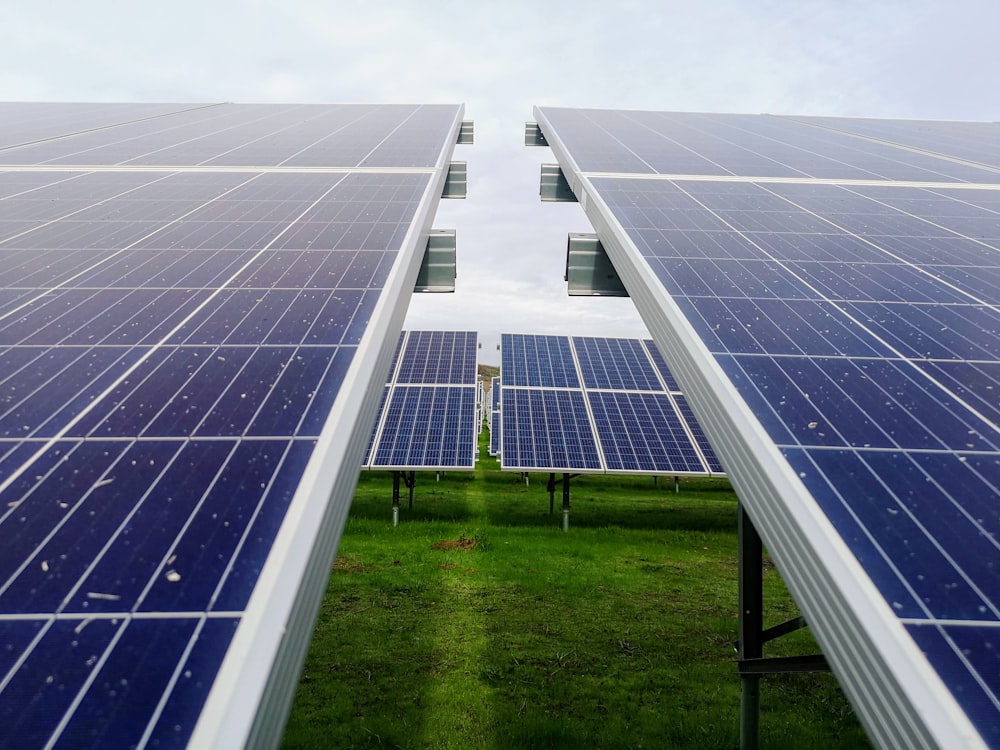Resilient Roofs: Defying Storms with Strength
The Need for Storm-Resistant Roofing
In regions prone to severe weather, the importance of storm-resistant roofing cannot be overstated. These robust roofing systems are designed to withstand the elements, providing a protective shield against heavy rain, strong winds, and even hail. Let’s explore the key features and benefits that make storm-resistant roofing a crucial investment for homeowners in storm-prone areas.
Impact-Resistant Materials: A Solid Defense
Storm-resistant roofing starts with the materials. Impact-resistant materials, such as specially designed shingles and roofing membranes, form a solid defense against hail and debris propelled by strong winds. These materials undergo rigorous testing to ensure they can withstand the force of impact, minimizing the risk of damage during storms.
Reinforced Roof Structures: Building for Stability
Beyond the surface materials, the structure of storm-resistant roofs is reinforced for stability. Additional bracing, enhanced trusses, and sturdy framing contribute to the overall strength of the roof. This structural reinforcement ensures that the roof can withstand the dynamic forces exerted during storms, preventing potential collapse or damage.
Wind-Resistant Design: Battling the Gusts
High winds are a common feature of storms, and storm-resistant roofing is designed with wind resistance in mind. The roofing materials are secured with advanced installation methods, such as enhanced fastening systems and strategic placements to minimize vulnerabilities. This design approach helps the roof stay intact even in the face of powerful gusts.
Sealed and Secured: Waterproofing for Protection
A storm-resistant roof goes beyond impact and wind resistance; it is also sealed and secured to prevent water infiltration. Waterproofing measures, such as specialized membranes and sealants, create a tight barrier against rain. This ensures that even in heavy downpours, water won’t find its way through the roof, protecting the interior of the home.
Hail-Resistant Shingles: Guarding Against Ice Pellets
Hail can be particularly damaging during storms, leading to dented and cracked roofing materials. Storm-resistant roofing often incorporates hail-resistant shingles. These shingles are engineered to withstand the impact of hailstones, offering an additional layer of protection against one of the common threats during severe weather events.
Rigorous Testing Standards: Certifying Reliability
To ensure the reliability of storm-resistant roofing, manufacturers subject their products to rigorous testing standards. Impact resistance, wind uplift resistance, and waterproofing capabilities are thoroughly evaluated. Roofing materials that meet or exceed these standards are often certified, providing homeowners with confidence in the resilience of their roofs.
Energy Efficiency in Storm-Resistant Roofing
Beyond protection from storms, many storm-resistant roofing materials contribute to energy efficiency. Cool roofing technologies, such as reflective coatings, help deflect sunlight and reduce heat absorption. This not only enhances the comfort of the home but also contributes to energy savings by reducing the demand for air conditioning during hot weather.
Insurance Benefits: Safeguarding Your Investment
Investing in storm-resistant roofing can have additional benefits when it comes to homeowners’ insurance. Many insurance providers offer discounts or incentives for homes with storm-resistant features. By fortifying your home with a resilient roof, you not only protect your property but also potentially lower your insurance premiums.
To explore the strength and resilience of storm-resistant roofing options, visit Storm-resistant roofing. Discover how these advanced roofing systems can provide peace of mind and long-term protection, ensuring your home stands strong against the forces of nature.

